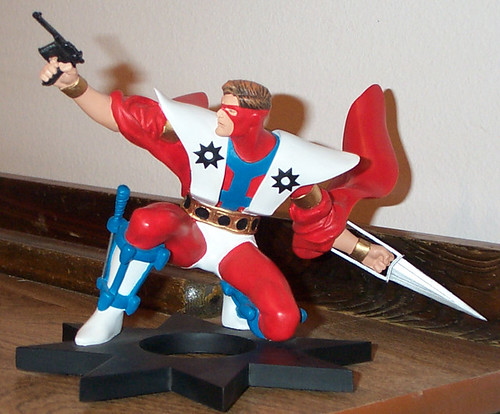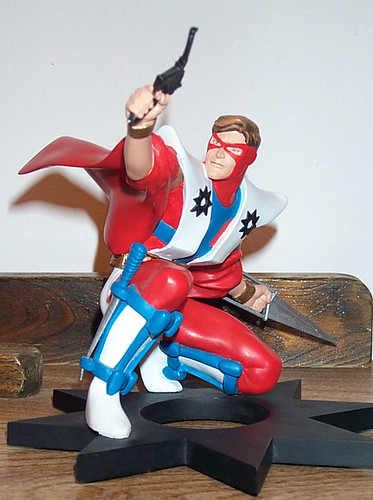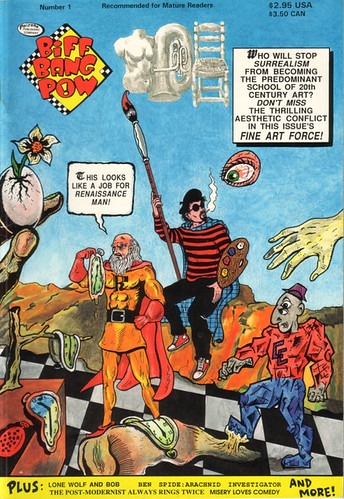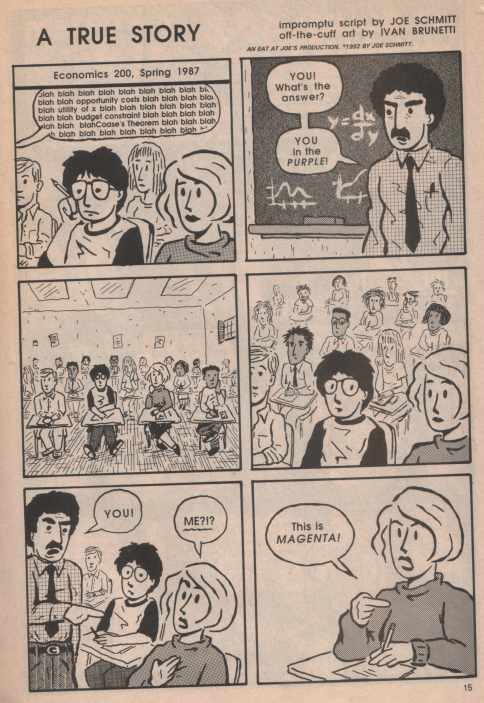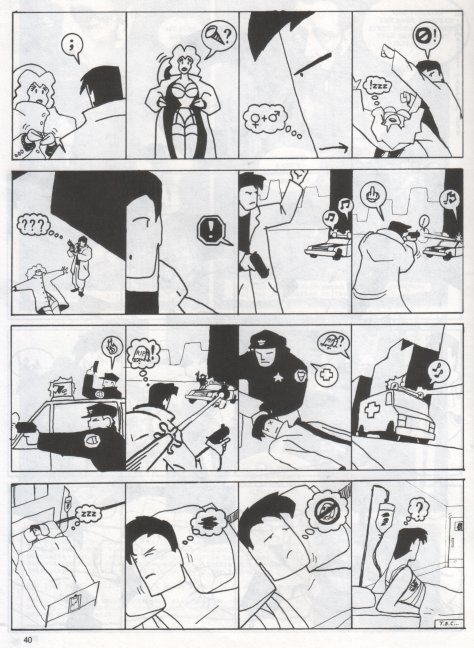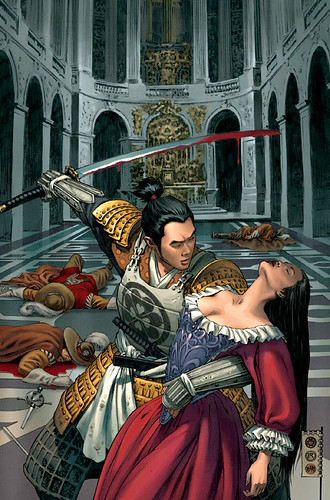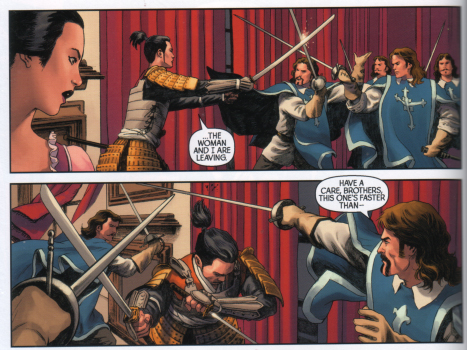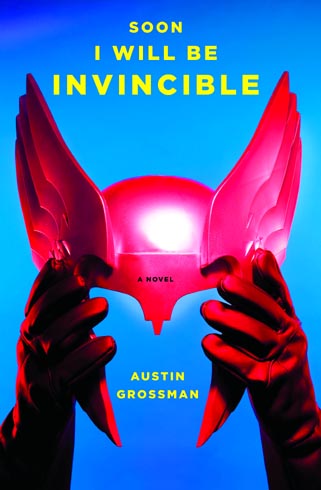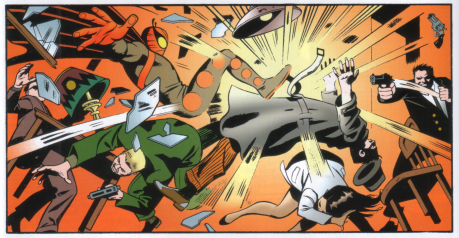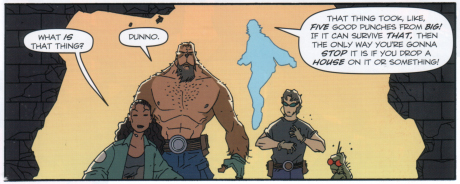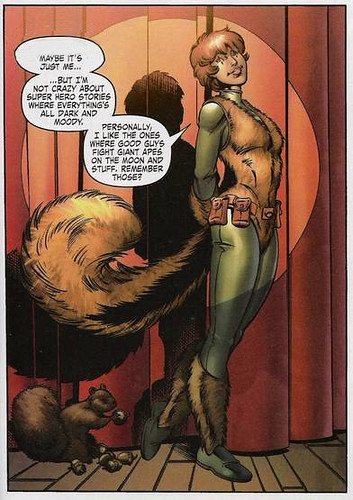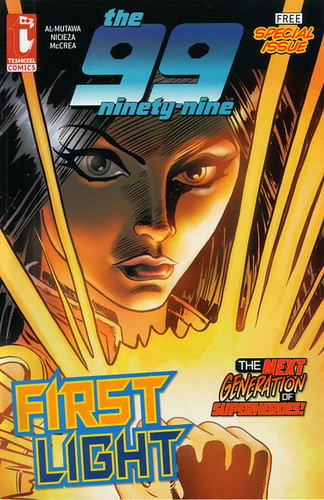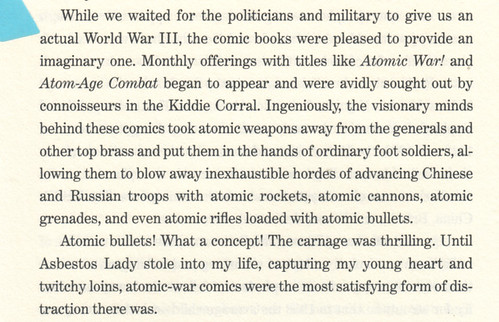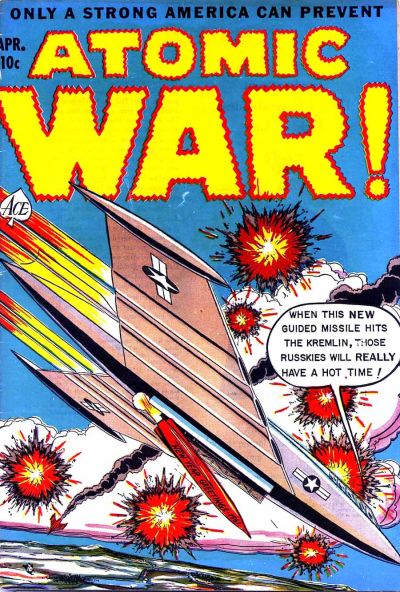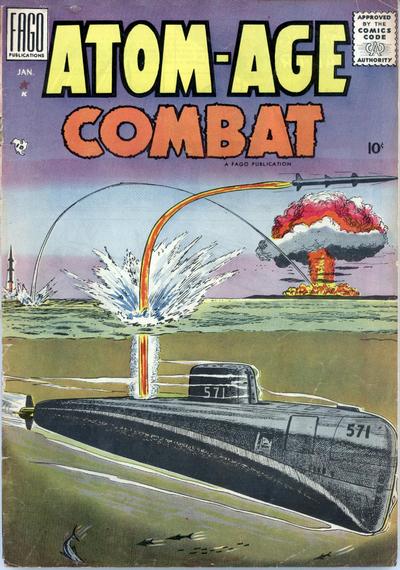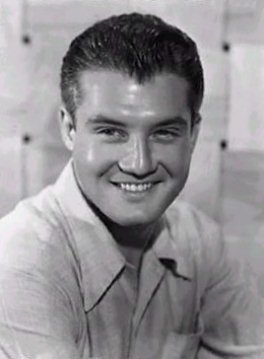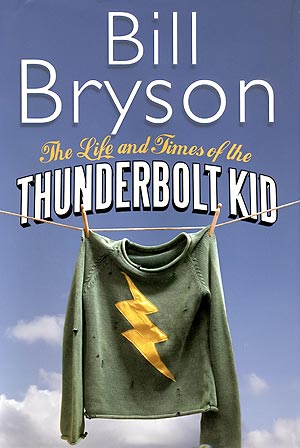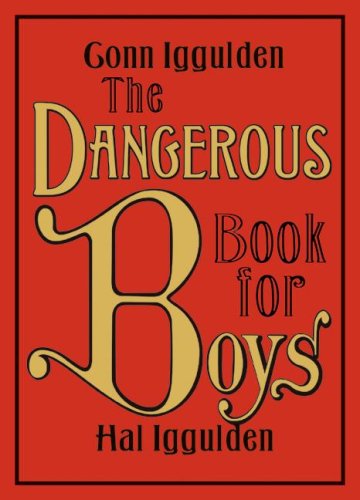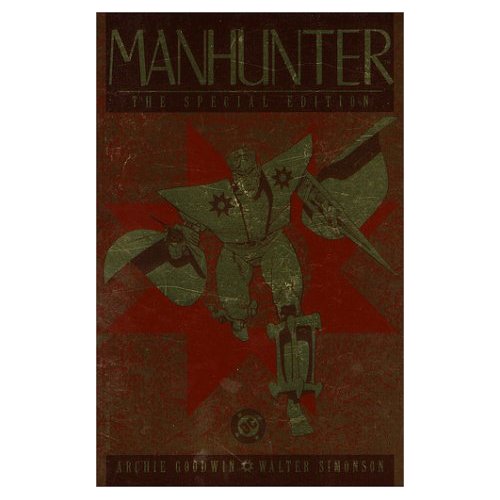
Manhunter: The Special Edition
Archie Goodwin, Walt Simonson, Klaus Janson
DC Comics: 1999
That less-than-wonderful image above is the gold-foil cover, so here's a better shot: a pin-up from the interior:
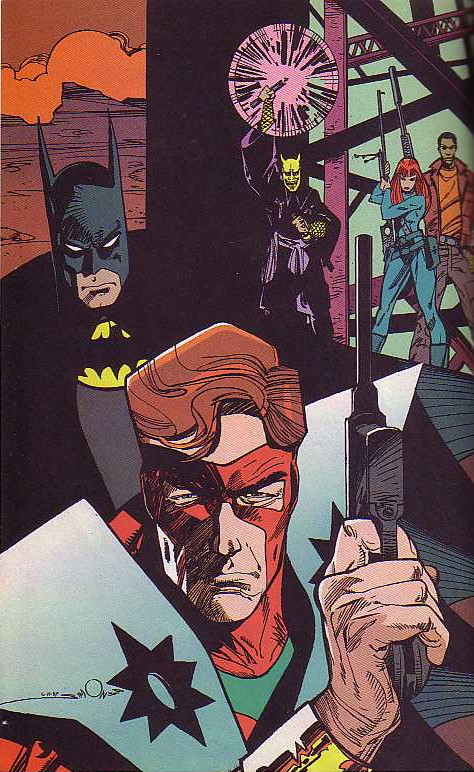
This was actually the second collection of this 1973-1974 back-up strip from Detective Comics; the first was published in 1979, and this special edition shortly after the death of writer/editor extraordinaire Archie Goodwin, who created the character.
And what a back-up this was! Like the recent Dr. 13 strip that seemed to overshadow anything else about Tales of the Unexpected, this strip commands my memory of 'Tec from back in the day: it was quite simply one of the most imaginative and wonderful strips ever.
Goodwin took a minor character from the forties - Paul Kirk, The Manhunter - and used his backstory as a springboard for a contemporary adventure that blended the spy genre and the ninja motif into a quest saga, and even managed to work The Batman into its climax without losing its own narrative integrity. The story was visualized by Walt Simonson, whose stylistic drawings managed to accommodate more plot and action in eight-page episodes than many artists could fit in a full book. He was particularly adept at filling each page with ten or twelve panels without sacrificing any necessary detail or falling into a grid pattern.
Here's an example of an extended action sequence compressed into one page, as Kirk (in red) takes on some evil clones (in blue) after he discovers the intrigue that surrounds his resurrection almost thirty years after WW2:

Simonson's beautiful artwork is matched by Goodwin's prose, which slides through the registers from hard-boiled to lyrical without missing a beat. This sequence, which describes Kirk's foray against the "legendary blind zen archers of Pendrang," the guardians of a hidden monastery, is perhaps my all-time favorite comics page, and is inarguably an example of comics storytelling at its best:
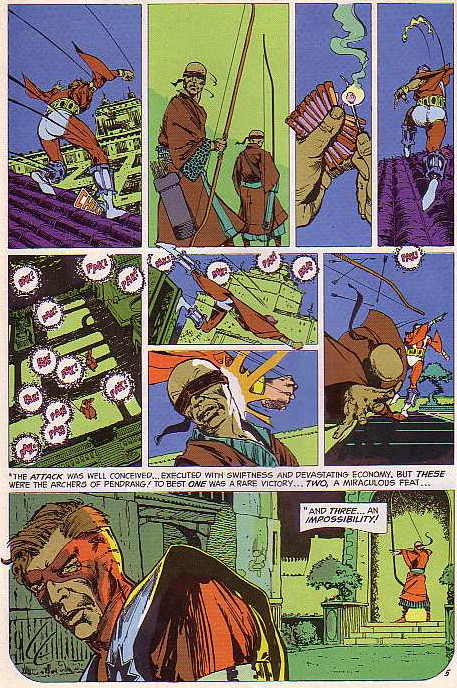
The Manhunter's search took him though six back-up strips and then found its conclusion in a full-length story that featured the magazine's star, Batman. This version of the Darknight Detective is so much more appealing than the perfect strategist/living encyclopedia that we currently know. Here's Batman checking out an assassin's rifle, found at a crime scene:
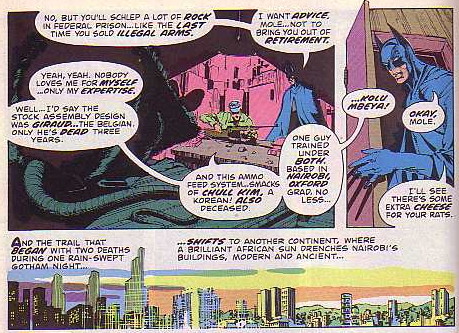
That's the kind of scene that speaks to pulpy roots of The Batman. He doesn't need to know everything; he knows people who knows lots of things. He is a detective - asking questions and finding information. Cool.
Manhunter's quest plays out to its formally necessary conclusion; I don't think anyone will be surprised to learn why this character has not appeared in any new adventures in thirty years. Perhaps that closure is one of the reasons the character is remembered so fondly; like celebrities who die young, he wasn't around long enough to be in anything crappy. Or maybe it's something bigger than that: maybe when Goodwin and Simonson created a story with an ending in mind, the storytelling became deeper and more meaningful that that done for a franchise or a open-ended serial. Whatever the case, the seventies Manhunter series is a masterpiece, and discovering this gem allowed me relive the thrills I had when I first encountered it.
You can check out the original comics if you have the spare change, or find the 1979 "Complete Saga" version, but this edition has some nice bonus features, the best of which might be a sort of coda: a follow-up strip completed by Simonson after Goodwin's death, from a story they co-plotted but never had a chance to produce.
Bonus note: I am the proud owner of a DC Direct cold-cast porcelain hand-painted statue of The Manhunter, number 456 in a limited series of 900 made in 2ooo, a gift from a great and good friend who has graced these pages before. It's pretty sweet:
